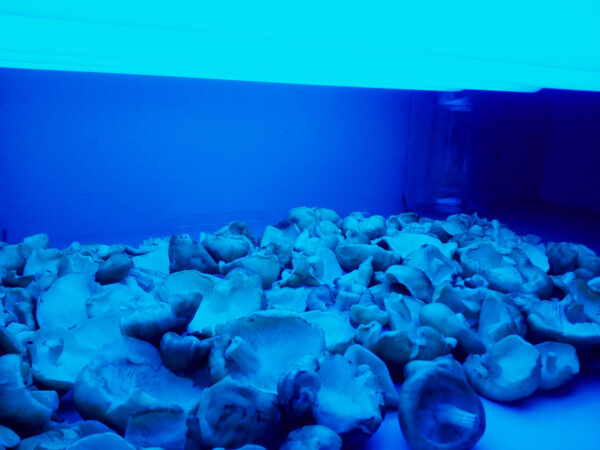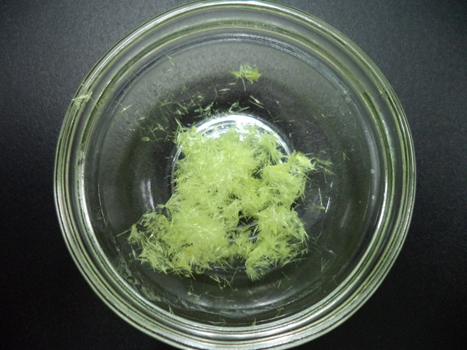
Ecodiagnosis and Bioremediation,
Key actions
Clean-Biotec works around two major axes: Pollution detection or “Ecodiagnosis” and “Bioremediation” or search for natural solutions to cleanse the environment, through the use of plants or microorganisms that “eat” waste.
Firstly, an Environmental or Ecodiagnostic Situation Diagnosis is carried out. By performing physical-chemical and microbiological analyses, it is a question of identifying the problem, its origin and gravity.


Once the cause of contamination has been identified and the problem identified, the best environmental solution is sought, looking for plant species and microbial consortia capable of degrading and eliminating the detected pollutant(s). This technique is called Bioremediation and is capable of degrading, accumulating, extracting and immobilizing soil contaminants, surface and groundwater. It is an effective technique at low cost and has minimal or no environmental impact on other decontamination methods.
To check the health status of the environment, we design environmental alert and monitoring networks using Bioindicators, usually species of perennial plants, that react to environmental factors by changing their vital functions and/or chemical composition, making it possible to conclude the state of the environment.

- + Ecogiagnosis
-
Firstly, an Environmental or Ecodiagnostic Situation Diagnosis is carried out. By performing physical-chemical and microbiological analyses, it is a question of identifying the problem, its origin and gravity.

- + Bioremediation
-

Once the cause of contamination has been identified and the problem identified, the best environmental solution is sought, looking for plant species and microbial consortia capable of degrading and eliminating the detected pollutant(s). This technique is called Bioremediation and is capable of degrading, accumulating, extracting and immobilizing soil contaminants, surface and groundwater. It is an effective technique at low cost and has minimal or no environmental impact on other decontamination methods.
- + Bioindication
-
To check the health status of the environment, we design environmental alert and monitoring networks using Bioindicators, usually species of perennial plants, that react to environmental factors by changing their vital functions and/or chemical composition, making it possible to conclude the state of the environment.












